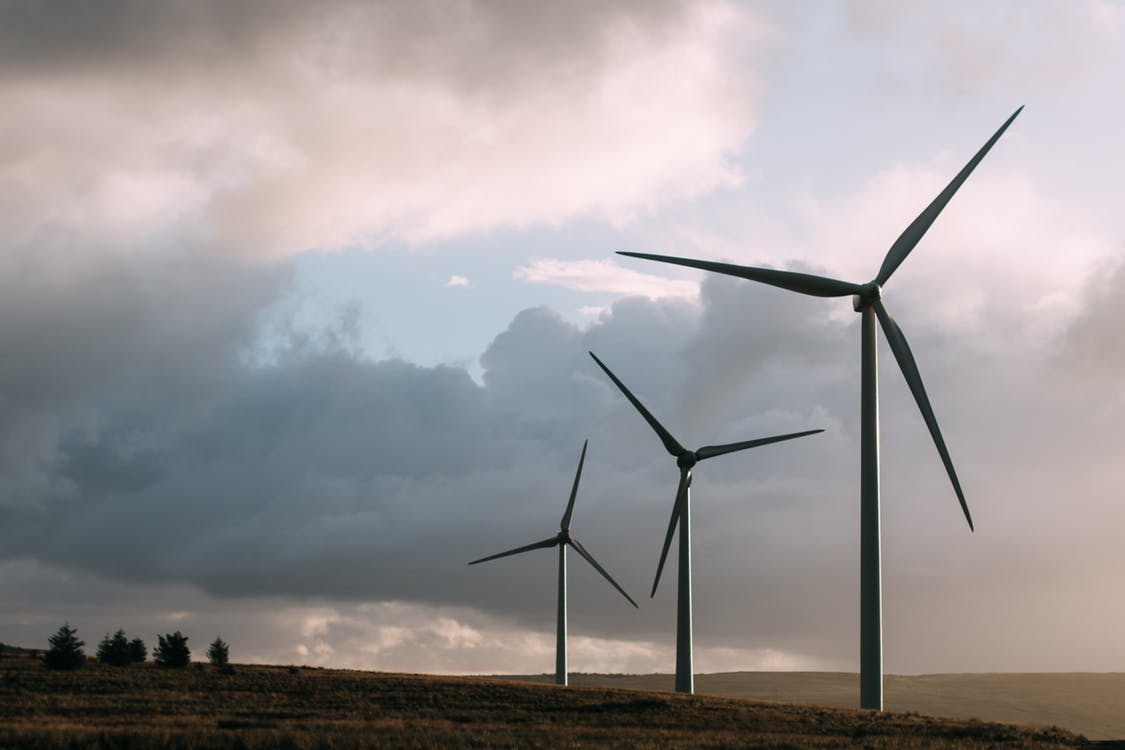Scotland has fallen just short of its goal of 100% of its electricity consumption being from renewables in 2020, reaching 97.4% in the year.
This target was set in 2011, a year in which renewables generated 37% of Scotland’s electricity demand. Whilst the country missed out on the target by less than 3%, an 8% increase on 2019 was recorded, showing a continued increase in renewables consumption.
Scotland – which has a net zero target of 2045 – has more than tripled its renewable electricity output over the last decade, with Claire Mack, chief executive of Scottish Renewables, describing its climate change targets as being “a tremendous motivator” to the industry to increase deployment.
However, Mack also pointed to the remaining challenges for Scotland’s decarbonisation, with domestic and commercial transport accounting for almost 25% of energy used in the country, heat makes up over half of the energy used, as well as over half of its emissions.
As it stands, 6.5% of Scotland’s non-electrical heat demand is generated from renewable sources, with Mack stating that deploying the technologies needed to replace gas across the country is an “enormous task”.
In 2020, a project led by Scottish and Southern Electricity Networks (SSEN) and National Grid ESO found that up to 540GWh of energy generated by wind could be used by domestic heating across off-gas grid Scotland in 2030. It found that 17% of curtailed wind could be used by electric heating systems in 2020 and 9% in 2030, with the potential to save £24 million a year in constraint payments.
Also in 2020, the Scottish National Investment Bank launched with net zero as a key area of investment. The Bank is set to provide £2 billion patient capital for businesses and projects in Scotland in a bid to catalyse further private sector investment, with its missions focusing on supporting net zero, harnessing innovation and extending equality of opportunity through improving places.
Read more: CURRENT




